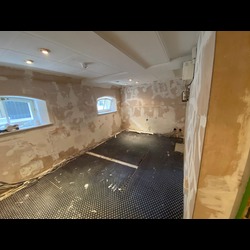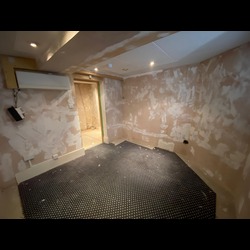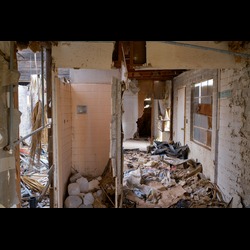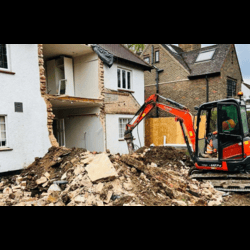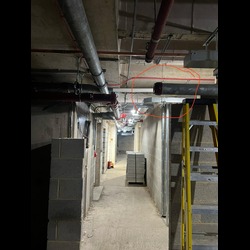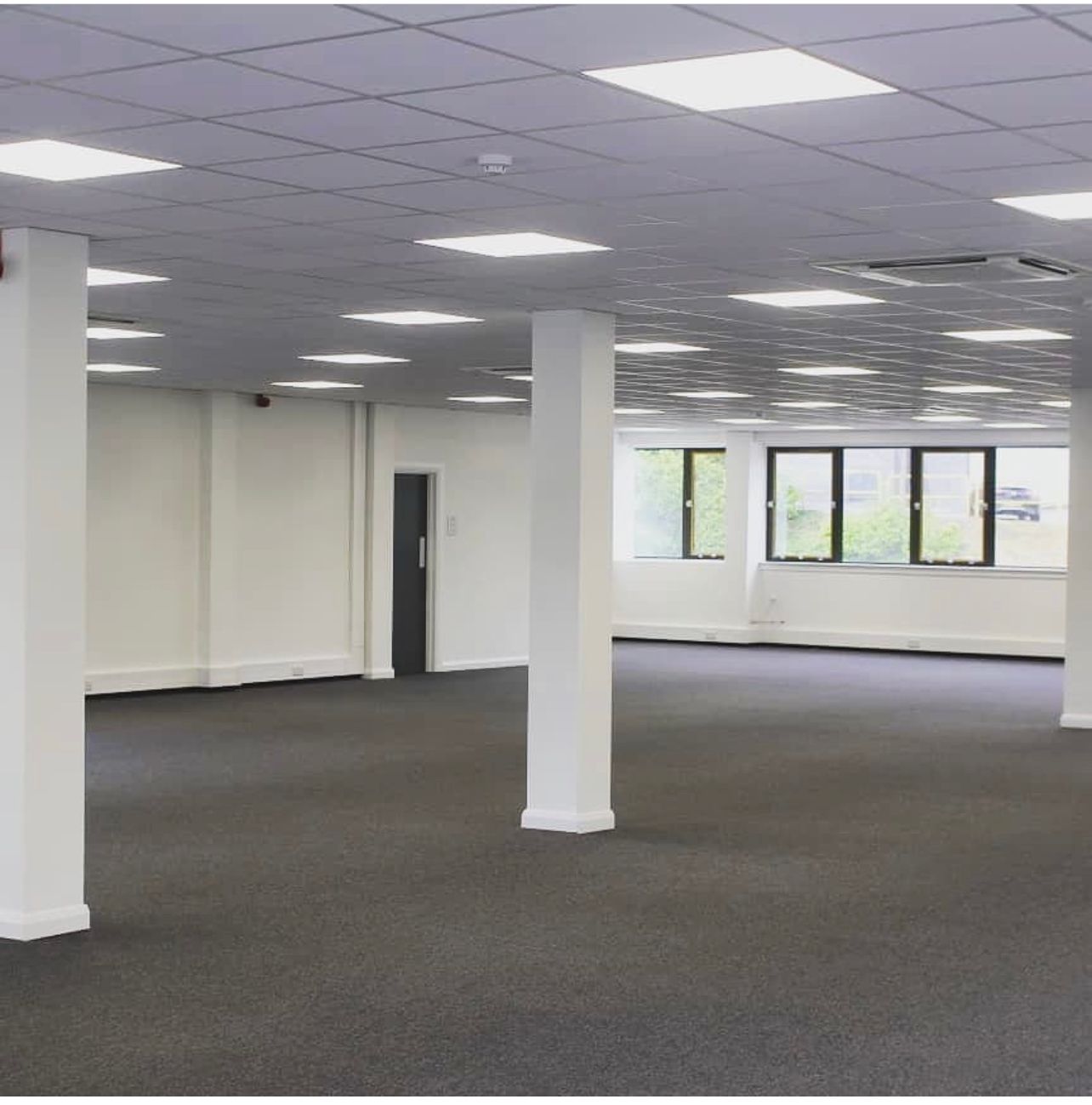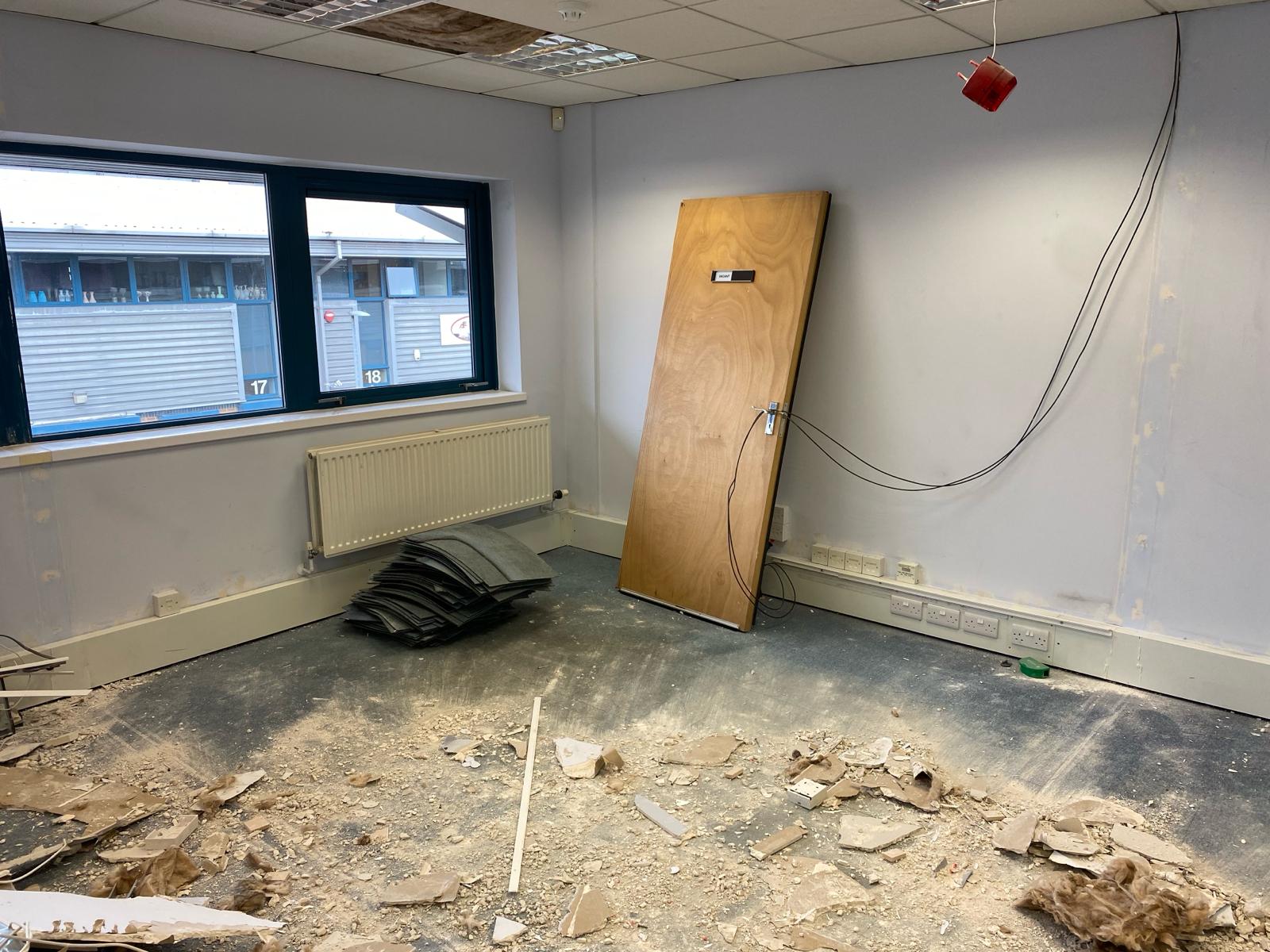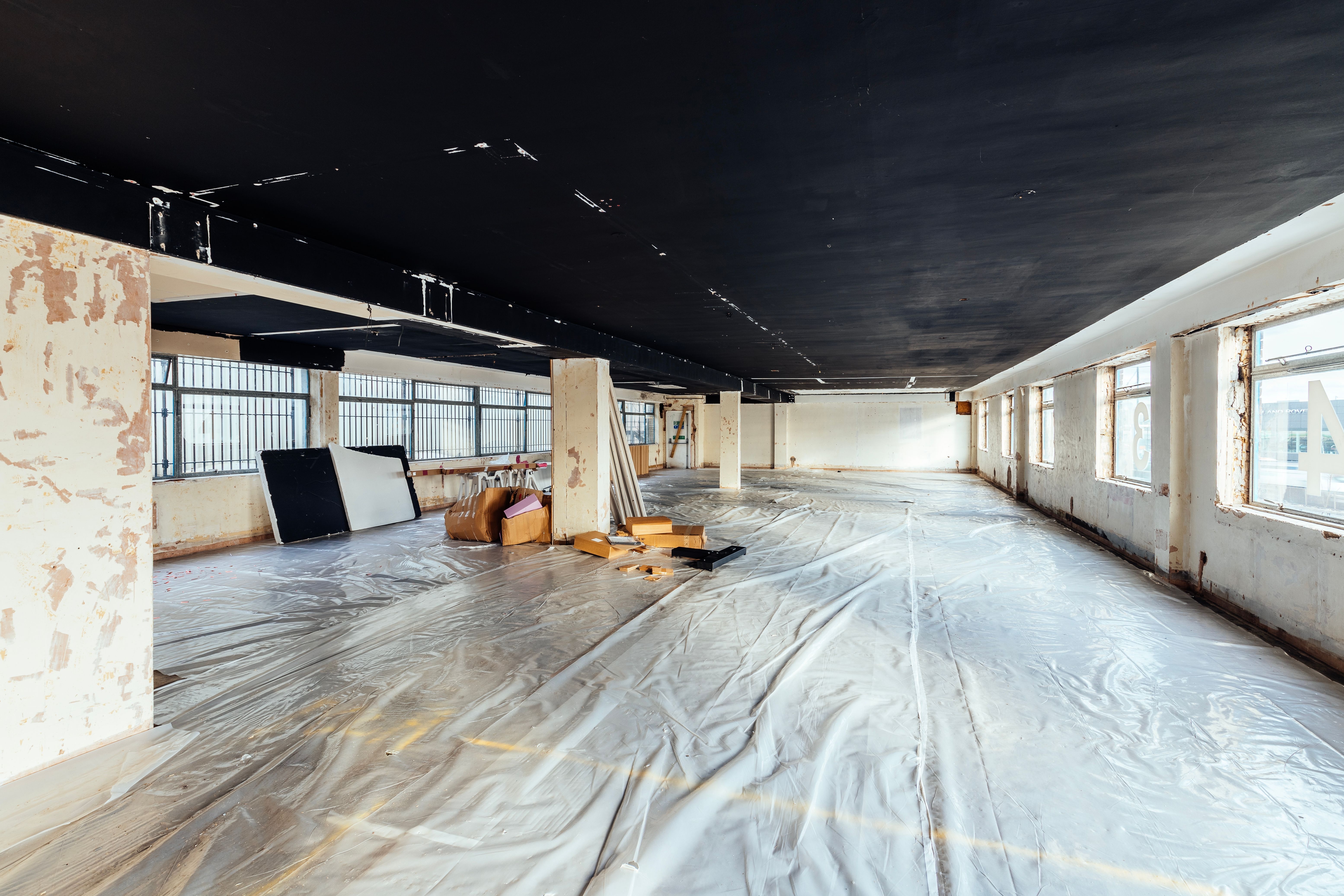What are Dilapidations?
In a commercial lease agreement, the term "dilapidations" refers to the damages or defects to the leased property that the tenant is legally obligated to rectify or restore to its original condition before the end of the lease. This is done to return the space to the landlord in the same state as when the tenant first occupied it. If applicable, the landlord may make a dilapidations claim against the tenant during or after the lease term.
The dilapidations claim will outline the necessary repairs, and the tenant will typically either carry out the repairs themselves or reimburse the landlord for the costs, which may include any lost rental income. Alternatively, the landlord may have the option to pursue other legal remedies, such as seeking damages, forfeiture, or specific performance, if the lease agreement allows. At Strip Out Company, we can assist owners and occupiers in assessing the dilapidated requirements, conducting a comprehensive survey, and, if necessary, undertaking the stripping out, demolition, and reinstatement work.
What Do Dilapidation Contractors Do?
Dilapidation contractors focus on preventing and addressing damage over time or during construction activities near a property. Their responsibilities include:
1. Prevention and Maintenance: We conduct detailed inspections to identify any existing issues, such as cracks, leaks, structural weaknesses, or surface wear, that could worsen over time or due to external factors like nearby construction. Early detection of these issues allows property owners to take preventive action, reducing long-term repair costs.
2. Repairs and Restoration: When a building shows signs of deterioration, dilapidation contractors are responsible for executing repairs. This can range from minor cosmetic fixes, such as filling in cracks or repairing broken windows, to major structural repairs, such as restoring foundations, fixing roofing issues, or reinforcing walls.
3. Building Protection During Construction: Properties located near construction sites often face the risk of damage due to vibrations, heavy machinery, or structural shifts in the environment. Dilapidation contractors can implement protective measures to minimize potential harm, including reinforcing existing structures or installing protective barriers.
4. Assessment of Environmental Impact: As professional Dilapidation contractors, we assess how environmental conditions, such as weather or soil movement, may affect a building’s integrity over time. We can recommend strategies for mitigating these effects, ensuring the building remains resilient in the face of harsh conditions.
